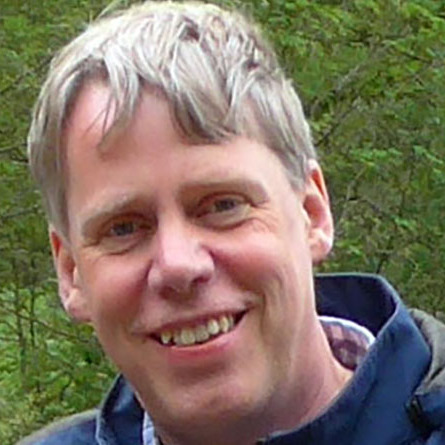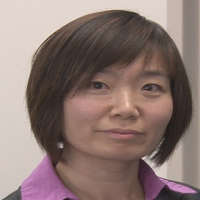
The science of concentrated salt solutions and the formation of evaporites is intriguing and complicated. In this context, salt creep is an iconic but deleterious effect which describes the ability of certain solutions to spread during drying and even climb up over solid surfaces. Other salts create dendritic evaporites, ring-like deposits (“coffee stain rings”), or shrink their footprint during drying. These complex dynamics, the variety of patterns, and the multitude of underlying mechanisms make salt creep and similar deposit patterns a hard problem for soft matter science and are—together with only sparsely available experimental data—the main obstacles for reliable predictions and theoretical understanding. Deep-learning strategies are uniquely suited for the analysis of image patterns and can be expected to perform exceedingly well given a sufficiently large database of evaporite photos. In this project, we will compile a database of images and employ these images as both training and test sets for our ML/AI approach.









NASA awarded eight Historically Black Colleges and Universities (HBCUs) that will enable their students and faculty to conduct innovative data science research that will benefit agency missions. The award is part of NASA’s new Data Science Equity, Access, and Priority in Research and Education (DEAP) opportunity, which is a collaboration between the agency’s Minority University Research and Education Project (MUREP) and the Science Mission Directorate (SMD).
Our team brings together expertise in ultrasonic levitation, infrared spectroscopy, and astrochemistry (Florida A&M U), computer science, artificial intelligence, and pattern recognition (Bowie State U), nonequilibrium self-organization of polycrystalline solids (Florida State U), and rheology, soft matter and microgravity science (via collaboration with NASA Glenn).
Adaptive Frame Extraction and Deep CNN-Based Classification of Salt Crystallization Videos
2025 IEEE International Conference on Future Machine Learning and Data Science (FMLDS), Los Angeles, CA, USA. November 2 – 5, 2025
Developing Image-Based and Deep Learning Enhanced Diagnostics for Determining Chemical Compositions
IEEE CCWC 2025 paper #1571096433
Exploring salt droplet crystallization dynamics in controlled environmental conditions: Micogravity and reduced pressure conditions
Presented at Florida Annual Meeting and Exposition (FL ACS), May 30 - June 1 2024, Tampa, Florida